Home>Furniture & Design>Living Room Furniture>How Can I Fix A Faux Leather Recliner Back That Is Peeling
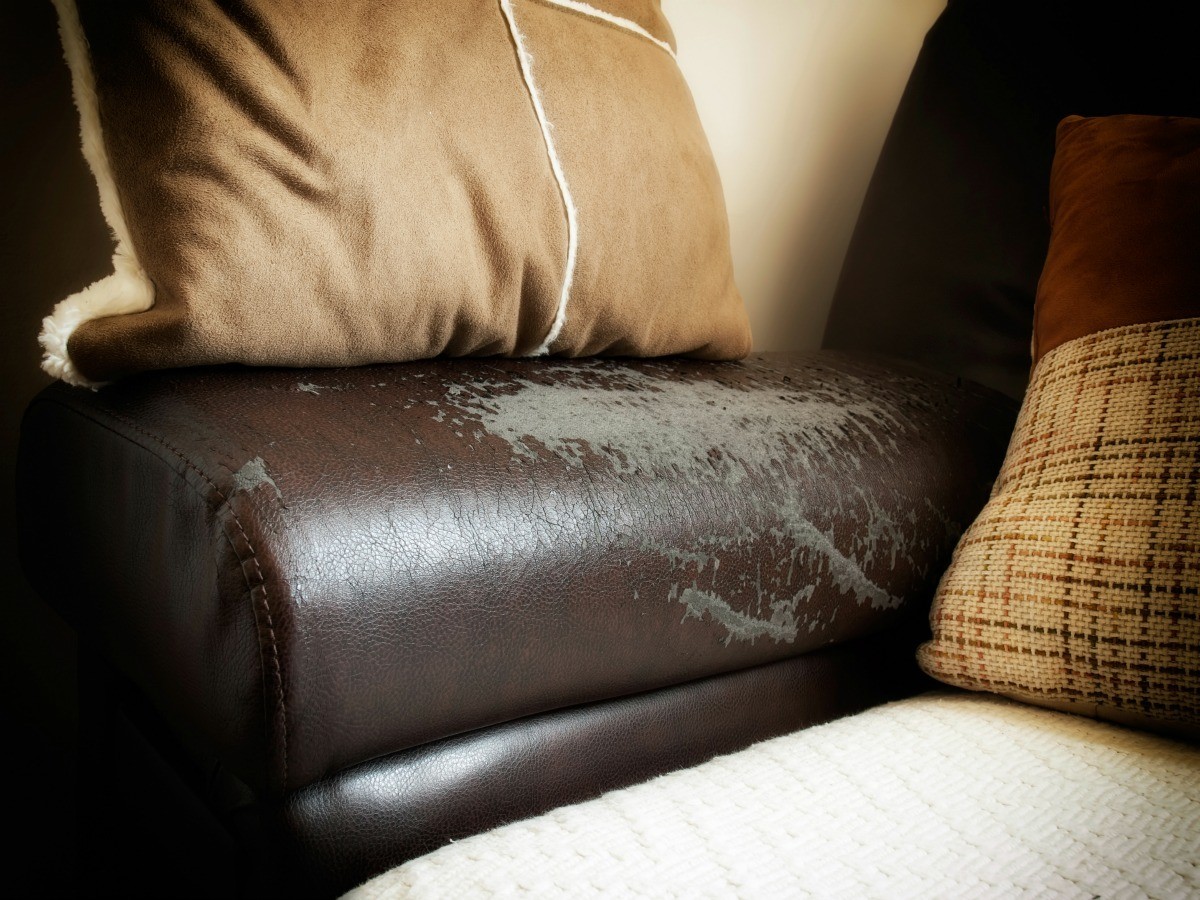

Living Room Furniture
How Can I Fix A Faux Leather Recliner Back That Is Peeling
Published: December 23, 2023
Discover how to fix a peeling faux leather recliner back with our expert tips. Transform your living room furniture with our furniture and design solutions.
(Many of the links in this article redirect to a specific reviewed product. Your purchase of these products through affiliate links helps to generate commission for Storables.com, at no extra cost. Learn more)
Introduction:
Faux leather recliners provide a perfect combination of comfort, style, and affordability. However, like any other furniture item, they are not immune to wear and tear. One common issue that can arise with faux leather recliners is peeling on the back. This can be a frustrating problem, as it not only affects the aesthetic appeal of the recliner but also compromises its functionality.
In this article, we will delve into the reasons behind faux leather recliner back peeling and offer a step-by-step guide to fixing it. Understanding the causes of the peeling and knowing how to properly repair and maintain your recliner can help you prolong its lifespan and keep it looking beautiful for years to come.
To effectively address the peeling issue, it’s essential first to grasp the nature of faux leather and the common problems associated with it.
Key Takeaways:
- Restore the beauty and functionality of your faux leather recliner by understanding the causes of peeling, assessing the damage, and following a step-by-step repair process. With patience and attention to detail, you can enjoy your recliner for years to come.
- Prevent peeling and maintain your faux leather recliner by avoiding excessive heat and sunlight, cleaning and conditioning regularly, and addressing spills promptly. With proper care, your recliner will continue to enhance your living space for years to come.
Read more: How To Repair A Faux Leather Recliner
Understanding Faux Leather and Its Common Issues:
Faux leather, also known as synthetic leather or leatherette, is a popular alternative to genuine leather. It is made by bonding a thin layer of polyurethane or vinyl to a fabric backing. Faux leather offers several advantages over genuine leather, including affordability, easy maintenance, and resistance to stains and fading.
However, despite these benefits, faux leather is not without its drawbacks. Over time, it can develop certain issues, such as peeling. The peeling of faux leather is often caused by a combination of factors, including poor quality materials, excessive wear, and improper care.
One common cause of peeling is the use of low-quality faux leather. Cheaper varieties of faux leather may not be as durable and can easily degrade over time, leading to peeling and cracking. Additionally, if the faux leather is not properly bonded to the fabric backing during the manufacturing process, it can result in the layers separating and the outer layer peeling away.
Another factor that contributes to peeling is excessive wear and tear. Faux leather recliners are designed for regular use, but rough handling, constant friction, and prolonged exposure to heat and sunlight can accelerate the peeling process. Sitting on the recliner with sharp objects or wearing clothing with abrasive materials can also cause damage to the faux leather, ultimately leading to peeling.
Furthermore, improper care and maintenance can hasten the peeling of faux leather. Failure to clean and condition the recliner regularly can cause dirt, oils, and sweat to build up on the surface, weakening the material and making it more prone to peeling. Using harsh cleaning agents or exposing the recliner to excessive moisture can also have negative effects on the faux leather.
Understanding these common issues with faux leather can help you take the necessary steps to prevent and address peeling on your recliner back. With the right knowledge and approach, you can effectively restore your faux leather recliner and ensure its longevity.
Why is the Faux Leather on the Recliner Back Peeling?
Peeling of faux leather on the recliner back can occur due to various reasons. Understanding these causes can help you pinpoint the root of the problem and take appropriate steps to fix it.
One common cause is the natural breakdown of the faux leather material over time. Faux leather is not as durable as genuine leather and can start to deteriorate after prolonged use. The constant movement and pressure that the recliner back experiences can weaken the bonded layers, causing them to separate and peel.
In some cases, low-quality faux leather used in the manufacturing of the recliner can be responsible for the peeling. Cheaper materials may not be able to withstand regular use and can begin to peel and crack sooner. It’s important to invest in a recliner with high-quality faux leather to minimize the chances of peeling.
Improper maintenance and care can also contribute to the peeling of the faux leather on the recliner back. Failure to clean the recliner regularly can allow dirt, oils, and sweat to accumulate on the surface. These contaminants can weaken the faux leather, making it more prone to peeling. Additionally, using harsh cleaning agents or exposing the recliner to excessive moisture can further damage the faux leather and accelerate the peeling process.
Another factor that can cause peeling is excessive friction and wear. Sitting on the recliner with sharp objects or wearing clothing with rough materials can create friction against the faux leather, leading to abrasion and peeling. Prolonged exposure to heat and sunlight can also degrade the faux leather, causing it to peel and crack.
It’s worth noting that not all peeling is irreversible. If the damage is limited to the surface layer of the faux leather, you may be able to repair and restore the recliner back without replacing the entire piece. By carefully assessing the extent of the peeling and following the appropriate repair steps, you can salvage your recliner and extend its lifespan.
Now that we understand the common causes behind faux leather recliner back peeling, let’s explore how you can assess the extent of the damage and fix it effectively.
Assessing the Extent of the Damage
Before you start the process of fixing the peeling faux leather on your recliner back, it’s important to assess the extent of the damage. This will help you determine the best course of action and the level of repair required.
Begin by carefully examining the affected area. Look for any signs of peeling, cracking, or separation of the faux leather from the fabric backing. Check if the damage is limited to just a small section or if it covers a larger portion of the recliner back.
Next, gently touch the peeling faux leather to assess its texture and stability. If the peeling is minimal and the exposed area feels relatively smooth and intact, it indicates that the damage may be superficial. On the other hand, if the peeling is extensive and the exposed area is rough and brittle, it suggests deeper damage that may require more extensive repairs.
Pay attention to the surrounding areas as well. Check for any signs of discoloration or fading, as this could indicate long-term damage caused by sun exposure or other environmental factors. It’s important to address any underlying issues to prevent further peeling and maintain the overall appearance of your recliner.
Consider the age and condition of your recliner as well. If the peeling is occurring on a relatively new recliner, it could be a manufacturing defect or a result of poor-quality materials. In such cases, you may want to consult with the manufacturer or retailer for potential warranty coverage or replacement options.
By thoroughly assessing the extent of the damage, you’ll be able to determine the most appropriate next steps. If the peeling is minimal and localized, you may be able to address it with simple repairs. However, if the damage is extensive or if the faux leather is significantly degraded, you may need to consider more extensive measures, such as replacing the recliner back or seeking professional help.
Once you have a clear understanding of the extent of the damage, you can proceed with confidence to the next steps of fixing your peeling faux leather recliner back.
Step-by-Step Guide to Fixing a Faux Leather Recliner Back
If you’ve noticed peeling on the faux leather of your recliner back, don’t worry! With some time and effort, you can restore it to its former glory. Follow this step-by-step guide to fix your peeling faux leather recliner back:
- Gather the necessary materials: Before you begin, make sure you have all the materials required for the repair. This may include a leather repair kit, adhesive, scissors, sandpaper, a cloth, and a heat gun.
- Prepare the recliner: Start by removing any cushions or accessories from the recliner. Make sure the surface is clean and free from debris. You may also want to place a drop cloth or protective covering underneath the recliner to catch any excess materials or adhesive.
- Remove the peeling faux leather: Carefully peel away the loose or damaged faux leather from the recliner back. Use scissors or a utility knife to cut along the edges of the peeling area for a clean removal. Be careful not to damage the underlying fabric or padding.
- Patch and repair the recliner back: Use a leather repair kit to patch the exposed area. Follow the instructions provided with the kit to mix and apply the repair compound. Use a spatula or similar tool to spread the compound evenly, ensuring complete coverage. Smooth out any excess compound and allow it to dry according to the instructions.
- Blend and color the patched area: Once the repair compound is dry, lightly sand the patched area to blend it with the surrounding faux leather. Use a cloth to wipe away any dust. If necessary, use a color-matching product from the leather repair kit to color the repaired area, ensuring a seamless look.
- Protect and maintain the faux leather: Once the repair is complete, apply a leather conditioner or protector to the entire recliner back. This will help restore moisture and prevent future peeling or cracking. Follow the instructions provided with the product for best results.
- Prevent further damage: To maintain the longevity of your faux leather recliner, avoid placing it in direct sunlight or near heat sources. Clean it regularly with a mild, non-abrasive cleaner and a soft cloth. Avoid using harsh chemicals or abrasive materials that may damage the faux leather.
By following these step-by-step instructions, you can effectively fix the peeling faux leather on your recliner back and restore its appearance and functionality. Remember to take your time, follow the instructions carefully, and seek professional help if needed.
With a little effort, your recliner will look as good as new, and you can continue to enjoy its comfort and style for years to come.
Materials Needed:
Before you begin the process of fixing the peeling faux leather on your recliner back, gather the following materials:
- Leather repair kit: Look for a kit specifically designed for repairing faux leather. These kits typically include repair compounds, adhesives, and tools needed for the repair process.
- Scissors or utility knife: These will be used to trim and remove the peeling faux leather.
- Sandpaper: Get a fine-grit sandpaper to smooth out the patched area and blend it with the surrounding faux leather.
- Cloth: Select a soft, lint-free cloth to wipe and clean the recliner surface during the repair process.
- Heat gun: A heat gun can be used to soften the faux leather and make it more pliable when necessary.
- Protective covering: Consider using a drop cloth or protective covering to prevent any excess adhesive or materials from damaging your floor or furniture.
Depending on the specific condition of your recliner and the extent of the damage, you may also require additional materials such as:
- Leather conditioner or protector: This will help restore moisture to the faux leather and protect it from further damage.
- Color-matching product: If needed, you may use a color-matching product from the leather repair kit to blend the repaired area with the existing faux leather.
It’s essential to ensure that you have all the necessary materials before starting the repair process. This will save you time and allow for a smoother and more efficient repair.
Remember to carefully read and follow the instructions provided with the materials and kits you use. Adhere to proper safety precautions and seek professional assistance if you are unsure or uncomfortable with any step of the repair process.
Use a leather repair kit to fix the peeling faux leather on your recliner. Clean the area, apply the repair compound, and use a grain paper to match the texture.
Preparing the Recliner
Before you begin the process of fixing the peeling faux leather on your recliner back, it’s important to properly prepare the recliner to ensure a successful repair. Follow these steps to prepare the recliner:
- Clear the recliner: Start by removing any cushions, pillows, or other accessories from the recliner. This will give you clear access to the recliner back and prevent any interference during the repair process.
- Clean the recliner surface: Use a mild, non-abrasive cleaner and a soft cloth to gently clean the recliner back. Removing dirt, dust, and oils from the surface will ensure better adhesion of the repair materials. Avoid using harsh chemicals or abrasive cleaners, as they can further damage the faux leather.
- Protect the surrounding area: Place a drop cloth or protective covering underneath the recliner to catch any excess adhesive or materials that may drip or fall during the repair process. This will prevent any damage to your floor or furniture.
Once the recliner is properly prepared, you’ll have a clean and clear surface to work on, ensuring that the repair process goes smoothly.
It’s important to note that certain recliners may have specific mechanisms or features that require extra care during the repair process. If your recliner has any moving parts or electrical components, refer to the manufacturer’s instructions or consult a professional to ensure you handle them correctly and safely.
By taking the time to prepare the recliner, you’ll create a suitable environment for the repair process and set the foundation for a successful fix of the peeling faux leather on your recliner back.
Removing the Peeling Faux Leather
Once you have prepared the recliner, the next step in fixing the peeling faux leather on the recliner back is to carefully remove the damaged material. Follow these steps to remove the peeling faux leather:
- Identify the peeling area: Carefully examine the recliner back to identify the sections of faux leather that are peeling or damaged. Take note of the extent of the peeling to guide your removal process.
- Trim the peeling faux leather: Using a pair of scissors or a utility knife, carefully trim and cut along the edges of the peeling area. This will help you remove the damaged portion cleanly and create a smooth surface for the repair.
- Peel away the damaged material: Gently peel away the loose or damaged faux leather from the recliner back. Start from one edge and carefully work your way towards the center, lifting and removing the peeling pieces. Be cautious not to damage the underlying fabric or padding during this process.
- Clean the surface: After removing the peeling faux leather, use a soft cloth to wipe the recliner back and ensure it is clean and free from any remaining debris or adhesive. This will provide a clean surface for the repair materials to adhere to.
It’s important to take your time and be gentle during the removal process to avoid causing further damage. If you encounter any stubborn or hard-to-remove sections, you may need to use a heat gun to soften the faux leather and make it easier to peel away. Use the heat gun sparingly and keep it at a safe distance from the surface to prevent any overheating or damage.
Remember to dispose of the removed faux leather properly and in accordance with your local waste disposal guidelines.
By carefully removing the peeling faux leather, you will create a clean canvas for the repair process and ensure that the new materials adhere properly to the recliner back.
Patching and Repairing the Recliner Back
After removing the peeling faux leather from your recliner back, the next step is to patch and repair the exposed area. Follow these steps to effectively restore the recliner back:
- Prepare the repair compound: Refer to the instructions provided with your leather repair kit. Mix the repair compound according to the guidelines outlined. Ensure that you achieve the desired consistency for a smooth and even application.
- Apply the repair compound: Use a spatula or similar tool to spread a thin layer of the repair compound onto the exposed area of the recliner back. Ensure that the compound covers the entire peeled section evenly. Work the compound into any crevices or gaps to create a seamless repair.
- Smooth out the repair: Use the edge of the spatula or a clean cloth to smooth out the surface of the repair compound. This will help create a more uniform texture and blend it with the surrounding faux leather. Remove any excess compound to ensure a clean finish.
- Allow the repair compound to dry: Follow the recommended drying time specified in the instructions. Be patient during this step and avoid placing any pressure or objects on the repaired area until it is completely dry.
- Sand the patched area: Once the repair compound is dry, gently sand the patched area using fine-grit sandpaper. This will help blend the repaired section with the surrounding faux leather and create a smoother appearance. Wipe away any dust or residue using a soft cloth.
It’s important to follow the instructions provided with your leather repair kit and exercise caution during the patching and repair process. Each kit may have specific recommendations and guidelines for achieving the best results.
If necessary, you can repeat the application of the repair compound and sanding process to further refine the texture and blend of the repaired area. Take your time to achieve a seamless and natural-looking patch.
By following these steps, you can effectively patch and repair the recliner back, restoring its appearance and ensuring a durable fix for the peeling faux leather.
Read more: How To Store Faux Leather Jacket
Blending and Coloring the Patched Area
After patching and repairing the peeled section of your recliner back, the next step is to blend and color the patched area to achieve a seamless finish. Follow these steps to effectively blend and color the patched area:
- Assess the color match: Compare the color of the repaired section with the surrounding faux leather. Determine if there is a noticeable difference in color or if additional coloring is required to achieve a more accurate match.
- Use a color-matching product: If needed, refer to the color-matching product included in your leather repair kit. Apply a small amount of the color-matching product onto the repaired area and blend it with a cloth or sponge. Gradually build up the color until it matches the surrounding faux leather.
- Blend with sanding: If the color-matching product alone is not sufficient, gently sand the edges and surface of the patched area using fine-grit sandpaper. This will help blend the repaired section with the surrounding faux leather and create a more uniform appearance. Wipe away any dust or residue.
- Assess the blending: Step back and evaluate the overall blend of the repaired area. Look for any noticeable contrasts in color or texture. Make any necessary adjustments by repeating the blending and coloring process until you achieve a seamless integration.
It’s important to exercise patience and take your time during the blending and coloring process. Achieving a perfect color match can be challenging, but with careful application and adjustment, you can create a repaired area that seamlessly blends with the rest of the recliner back.
While it’s ideal to achieve a close color match, keep in mind that minor variations may still be visible, especially if the faux leather has faded or experienced discoloration over time. However, by focusing on blending the texture and ensuring a smooth transition, you can achieve an overall visually pleasing result.
By following these steps, you can effectively blend and color the patched area of your recliner back, restoring its aesthetic appeal and achieving a seamless finish.
Preventing Further Damage and Maintaining the Faux Leather Recliner
Once you’ve repaired the peeling faux leather on your recliner back, it’s important to take steps to prevent further damage and maintain the overall condition of the faux leather. Follow these tips to ensure the longevity of your recliner:
- Avoid excessive heat and sunlight: Direct exposure to heat sources, such as radiators or direct sunlight, can cause the faux leather to dry out and crack. Keep your recliner away from these sources and consider using window treatments to block out harsh sunlight.
- Use caution with sharp objects: Be mindful of anything with sharp edges, such as clothing accessories or pets with claws, that could potentially scratch or puncture the faux leather. Take care when using the recliner and avoid placing sharp objects on its surface.
- Clean regularly: Regular cleaning is essential to remove dirt, oils, and other residues that can accumulate on the faux leather. Use a mild, non-abrasive cleaner and a soft cloth to wipe down the recliner periodically, following the manufacturer’s instructions for cleaning the specific type of faux leather.
- Avoid harsh cleaning agents: Harsh chemicals, solvents, and abrasive cleaners can damage the faux leather. Stick to gentle cleaning products and a non-abrasive cloth or sponge to clean the recliner. Test any new cleaning agent on a small, inconspicuous area before applying it to the entire surface.
- Condition the faux leather: Applying a leather conditioner to the recliner periodically can help restore moisture and maintain the suppleness of the faux leather. Follow the instructions on the conditioner product for best results.
- Address spills and stains promptly: If any spills or stains occur, act quickly to blot them with a clean cloth or sponge. Avoid rubbing, as this can spread the stain and make it more difficult to remove. Refer to the manufacturer’s instructions or consult a professional for guidance on removing specific stains.
- Inspect the recliner regularly: Regularly check your recliner back for any signs of peeling, cracking, or other damage. Address any issues promptly to prevent further deterioration and the need for more extensive repairs in the future.
By following these preventive measures and proper maintenance techniques, you can extend the lifespan of your faux leather recliner and keep it looking its best for years to come.
Remember, each faux leather recliner may have specific care instructions provided by the manufacturer. Be sure to consult these guidelines for any additional recommendations or precautions specific to your recliner model.
With regular care and attention, you can enjoy the comfort and style of your faux leather recliner for a long time and minimize the chances of encountering peeling or other damage in the future.
Conclusion
Fixing the peeling faux leather on your recliner back may seem like a daunting task, but with the right knowledge and approach, it’s entirely possible to restore its beauty and functionality. Understanding the causes of peeling, assessing the extent of the damage, and following a step-by-step repair process are key to a successful outcome.
Faux leather recliners offer a combination of comfort, style, and affordability, but they are not immune to wear and tear. Peeling can occur due to factors like poor-quality materials, excessive wear and tear, and improper care. By mastering the art of repairing and maintaining your recliner, you can prolong its lifespan and keep it looking beautiful for years to come.
Throughout the repair process, it’s important to gather the necessary materials, prepare the recliner, remove the peeling faux leather, patch and repair the recliner back, and blend and color the patched area for a seamless finish. Taking the time to properly assess the extent of the damage and being meticulous in the repair process will yield the best results.
Additionally, it’s crucial to prevent further damage by avoiding excessive heat and sunlight, using caution with sharp objects, cleaning the recliner regularly with gentle products, conditioning the faux leather, addressing spills promptly, and inspecting the recliner for any signs of damage. By following these preventive measures and maintaining good care practices, you can ensure the longevity of your recliner.
Remember that each recliner may have specific care instructions provided by the manufacturer, so be sure to consult these guidelines for any additional recommendations or precautions specific to your recliner model.
Fixing a peeling faux leather recliner back requires patience, attention to detail, and the right materials. By dedicating the time and effort to restore your recliner, you can once again enjoy its comfort and beauty without the frustration of peeling faux leather.
So roll up your sleeves, gather your materials, and get ready to give your recliner a new lease on life. With proper repair and maintenance, your faux leather recliner will continue to enhance your living space for years to come.
Frequently Asked Questions about How Can I Fix A Faux Leather Recliner Back That Is Peeling
Was this page helpful?
At Storables.com, we guarantee accurate and reliable information. Our content, validated by Expert Board Contributors, is crafted following stringent Editorial Policies. We're committed to providing you with well-researched, expert-backed insights for all your informational needs.
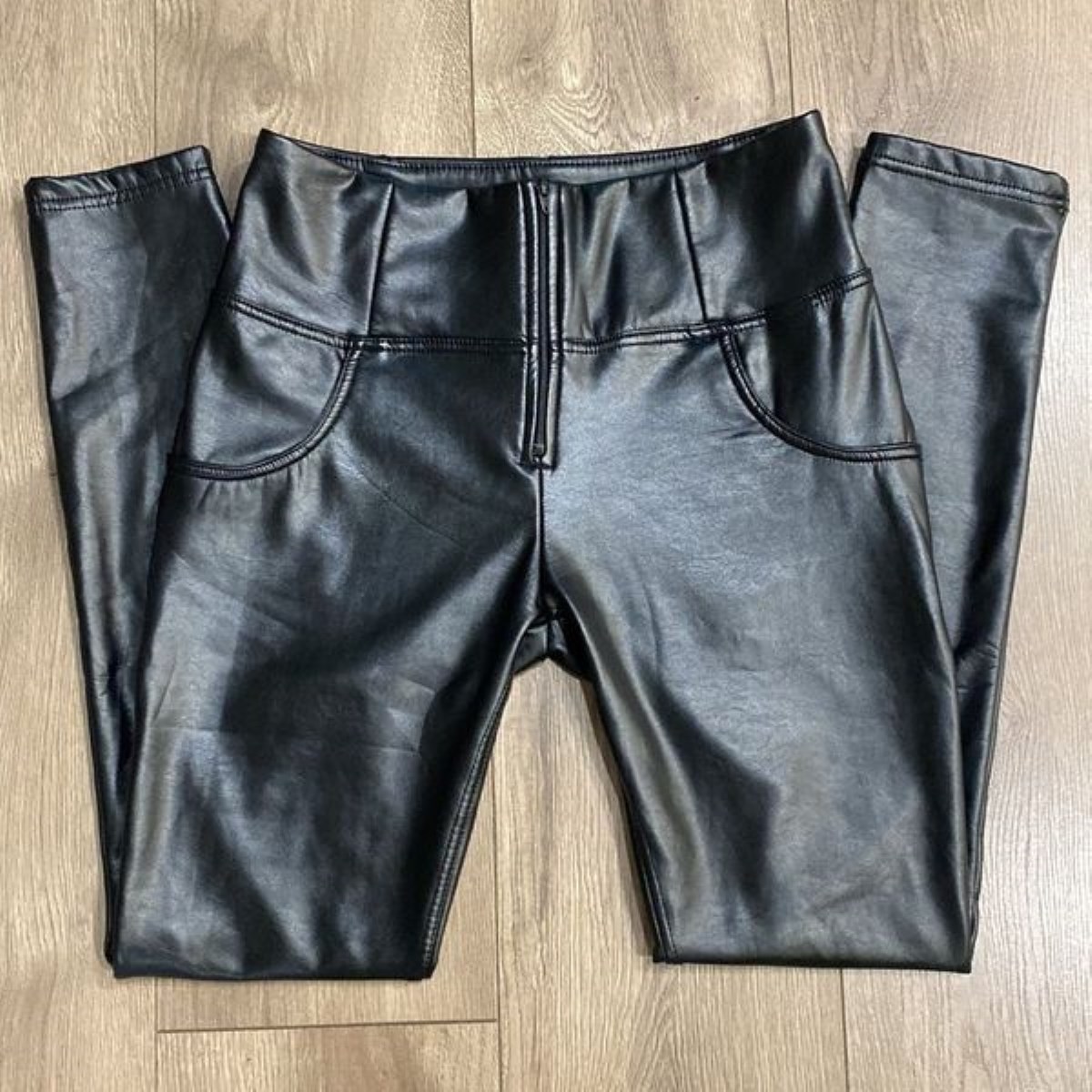
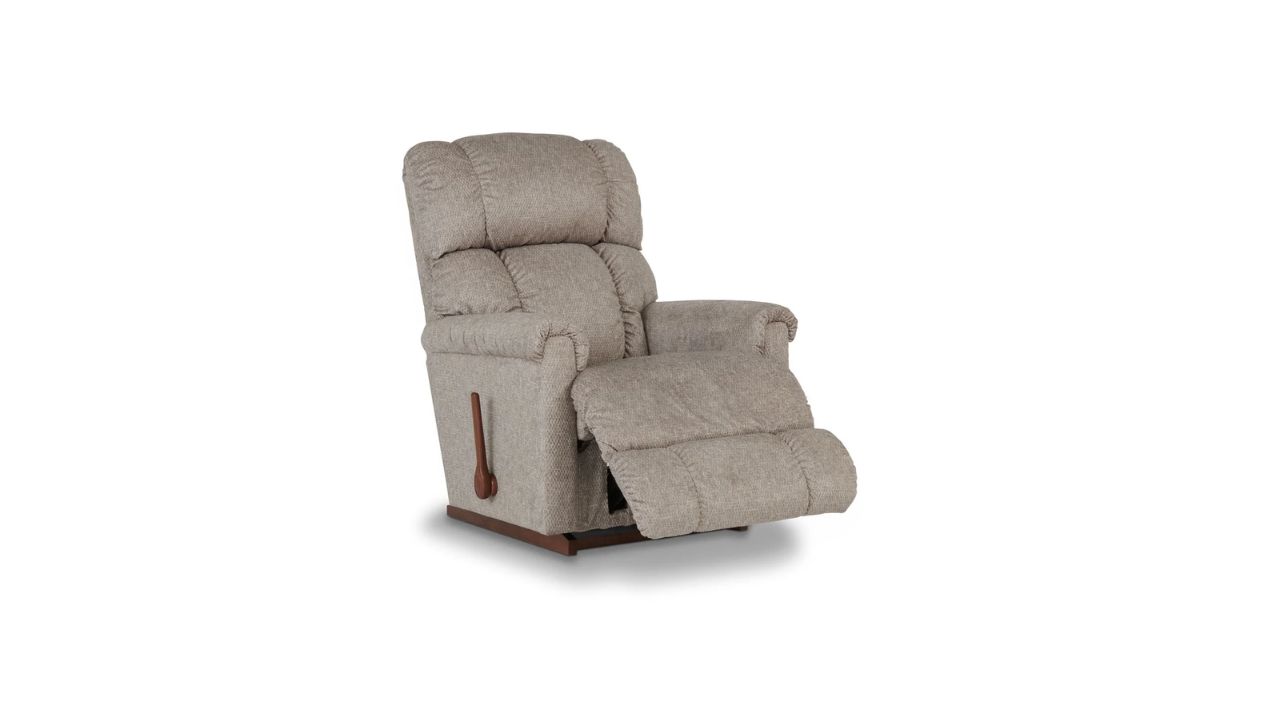
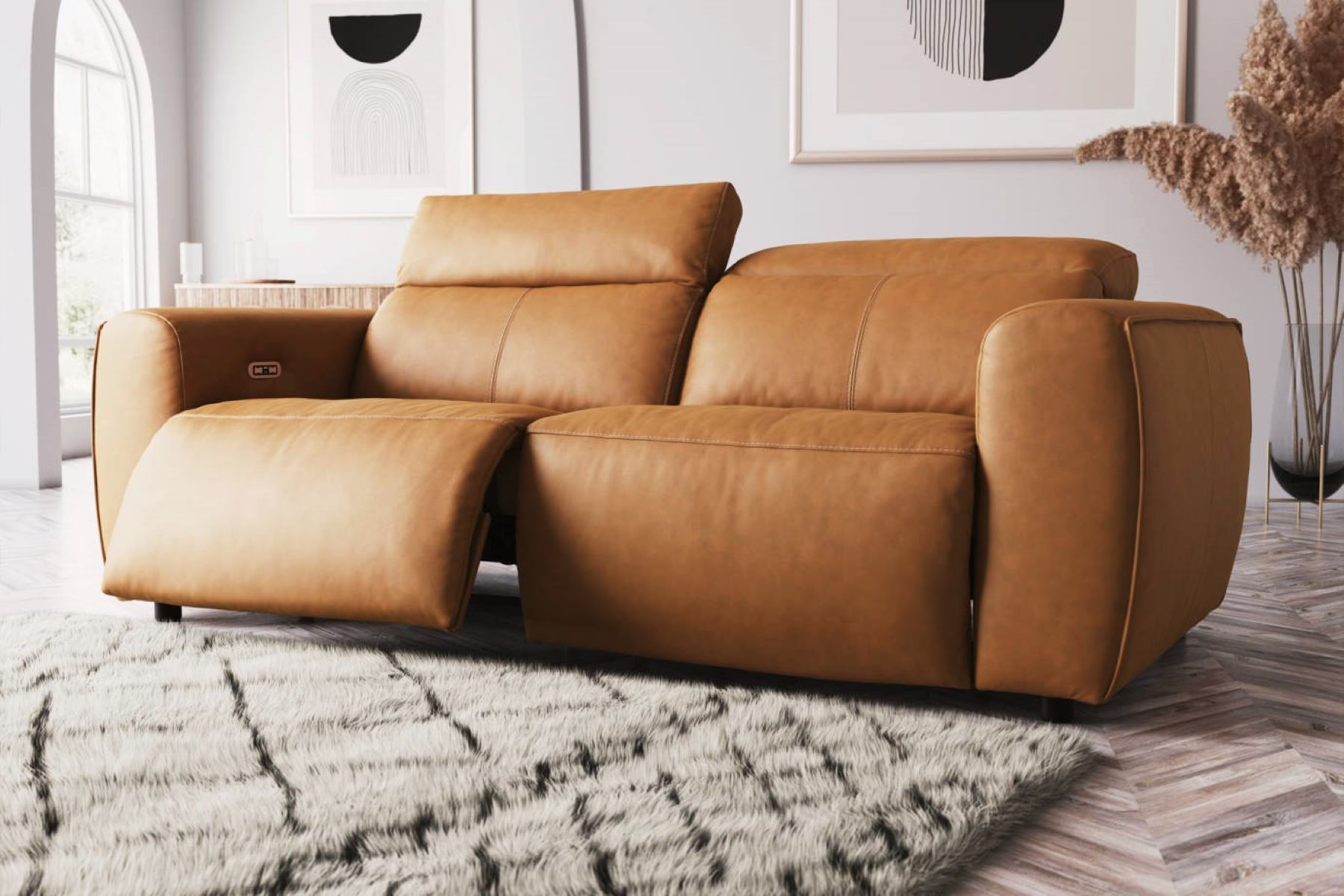
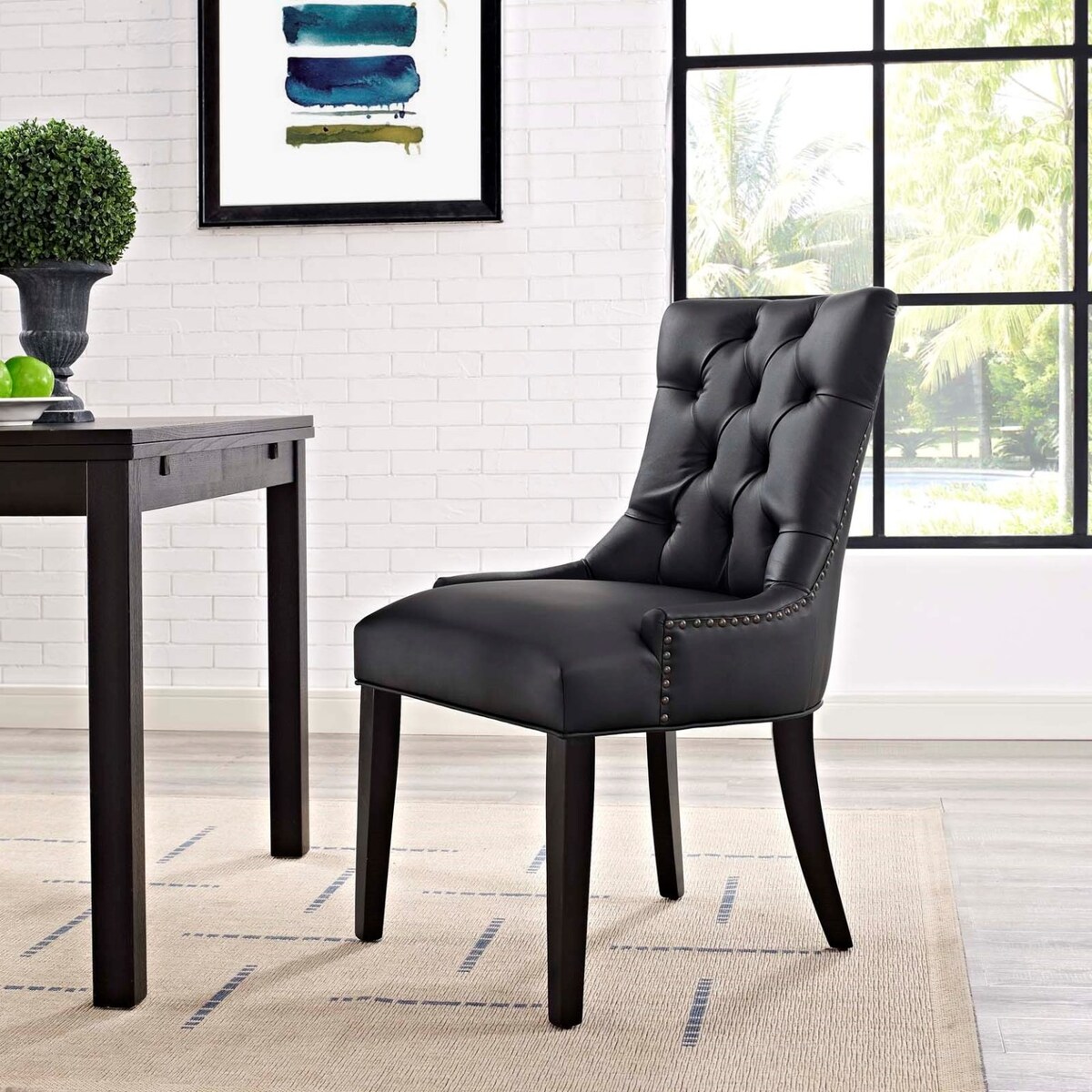
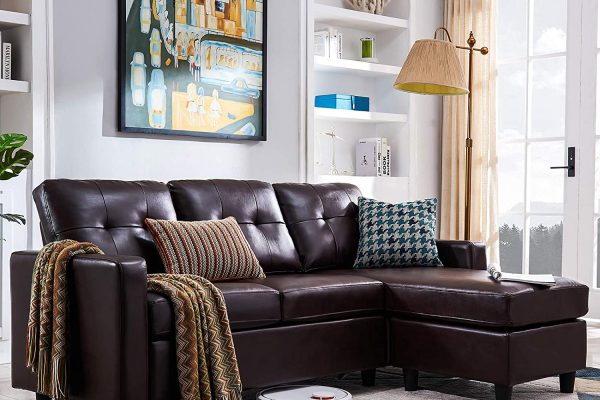
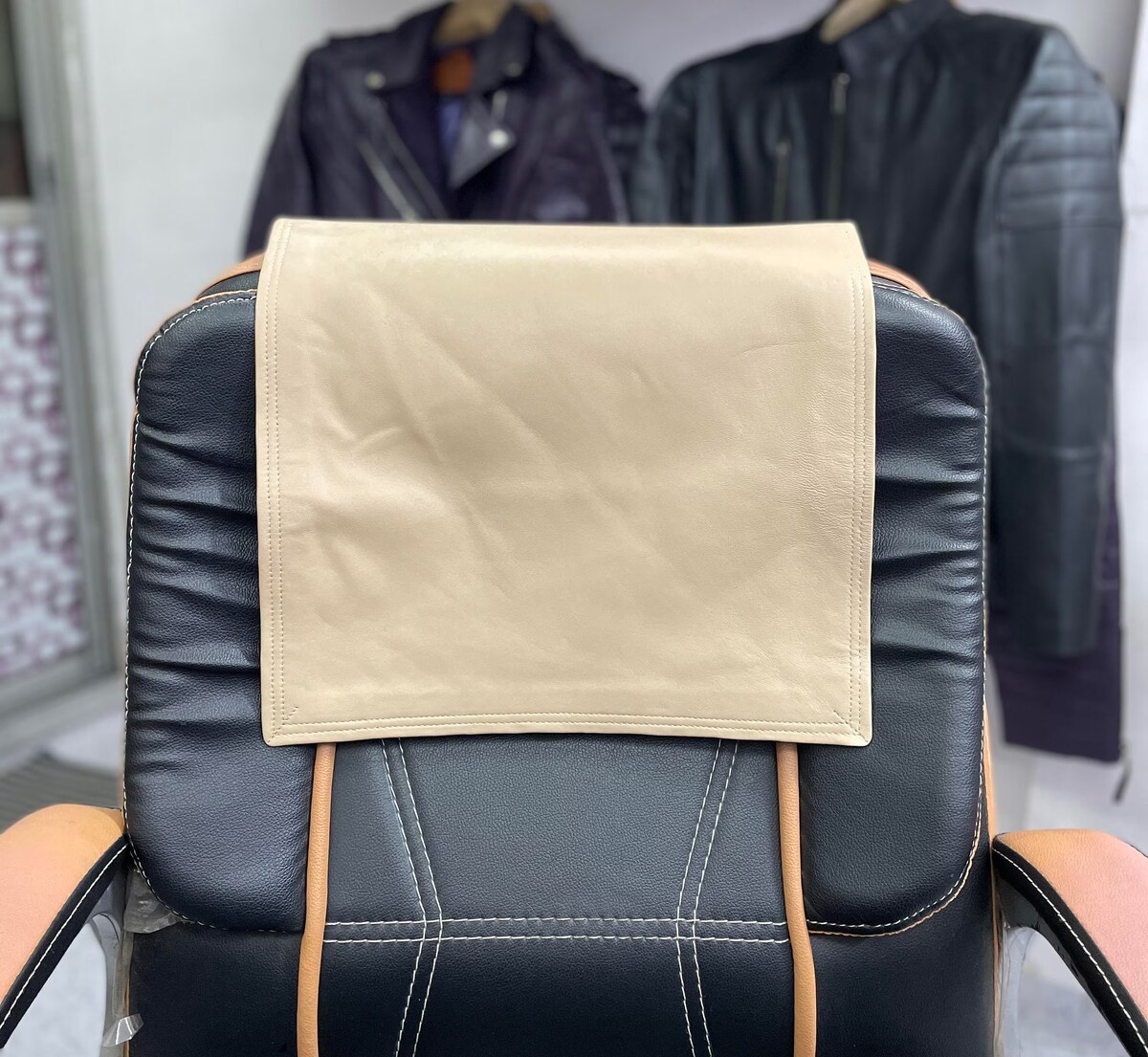

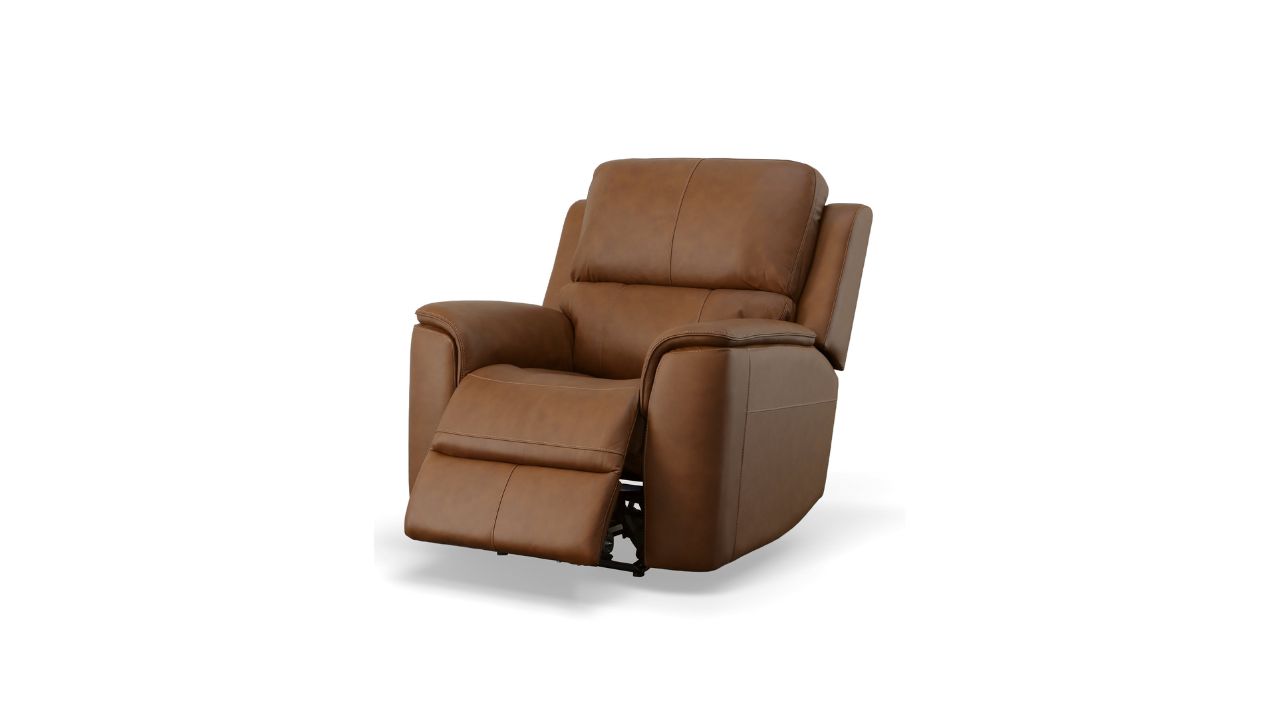

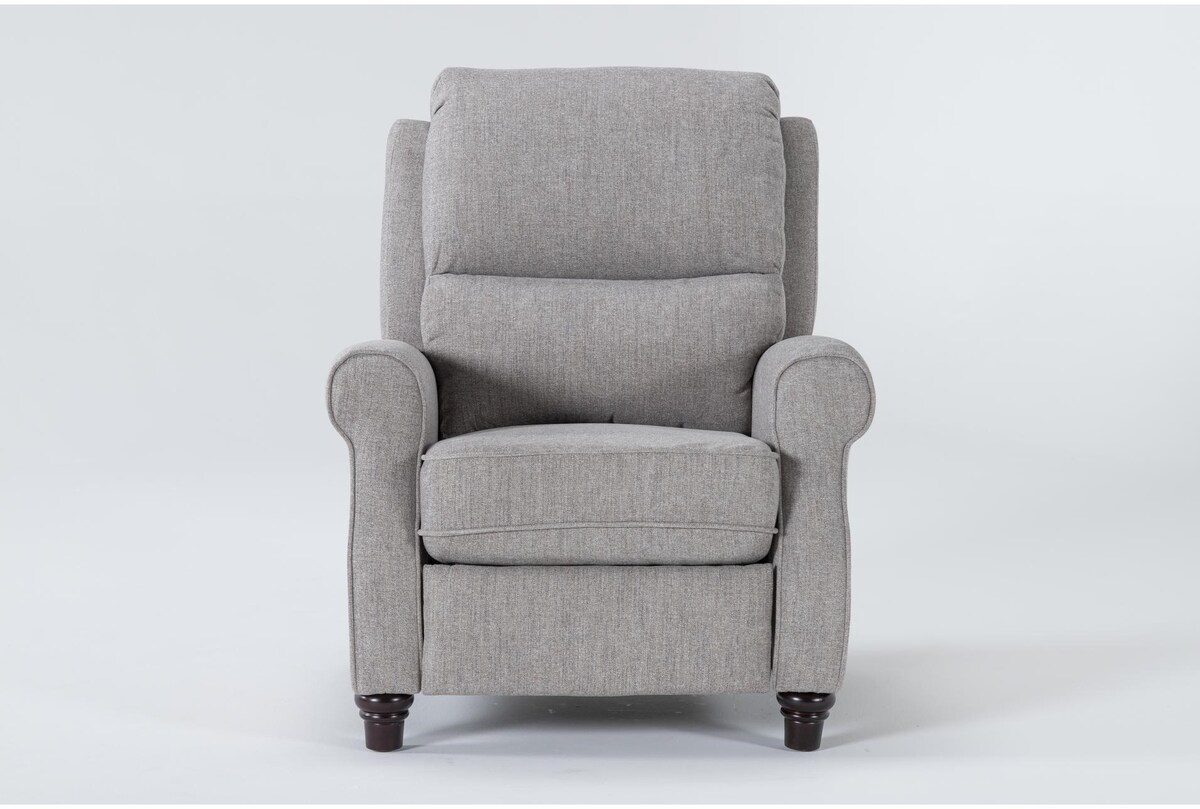
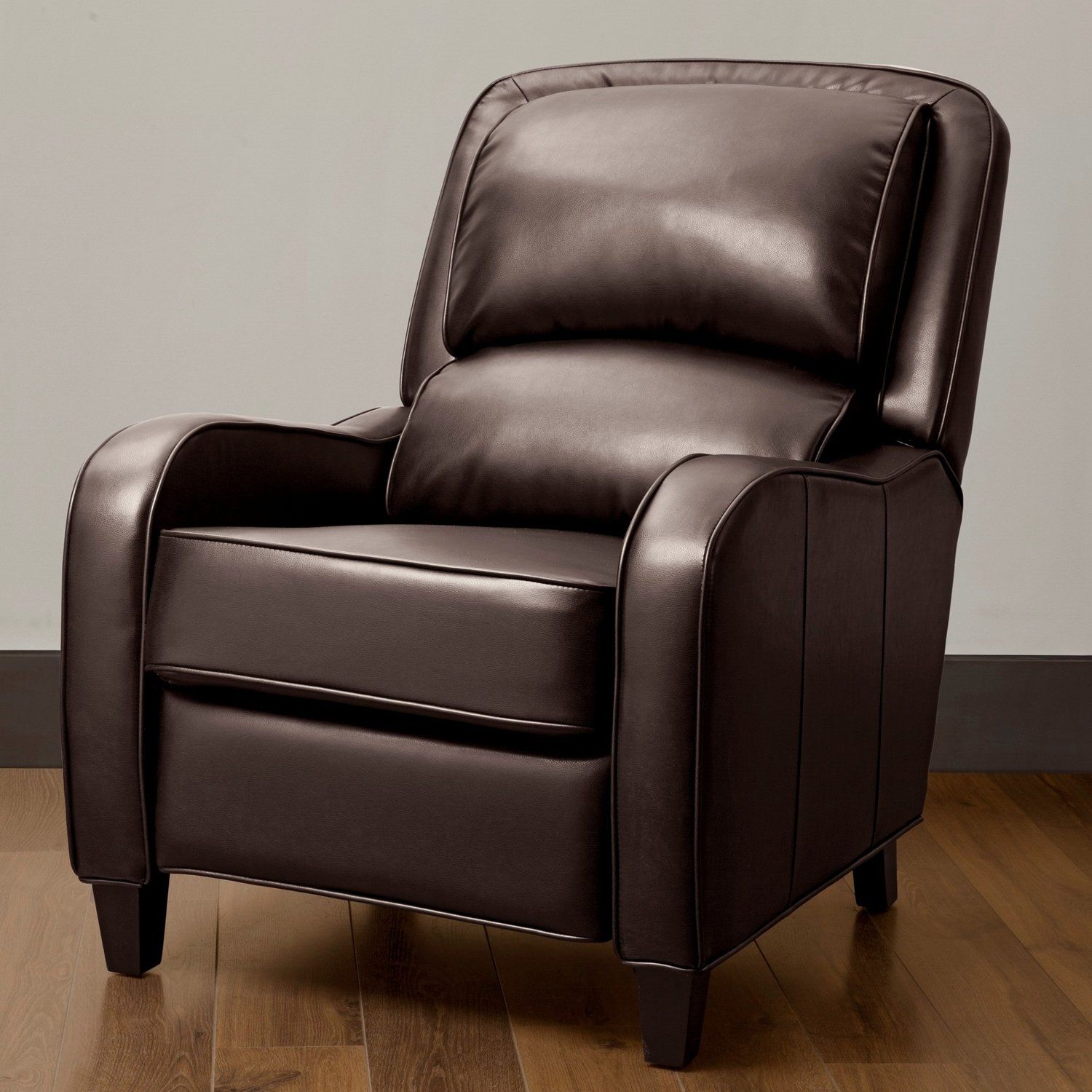

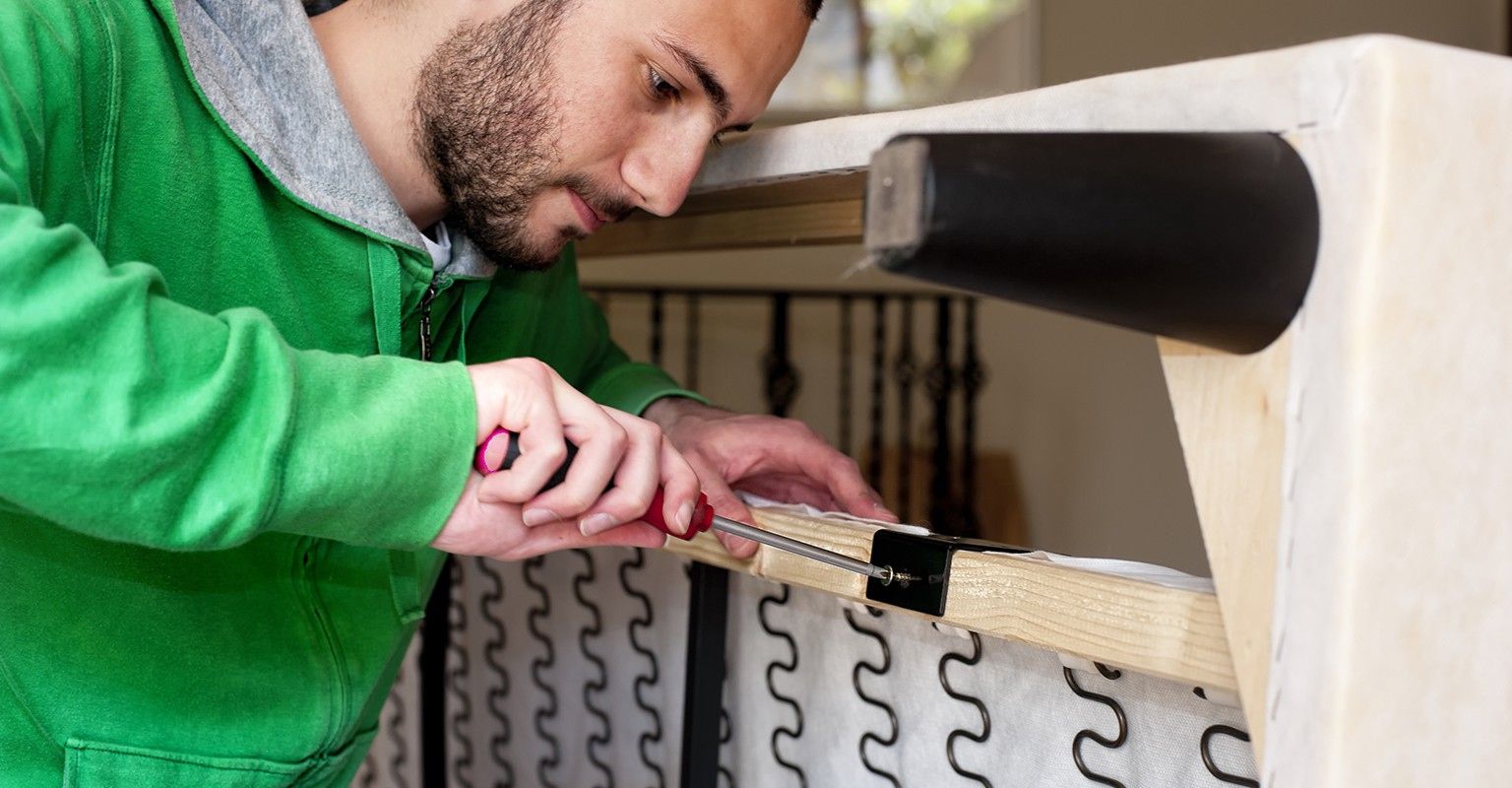

0 thoughts on “How Can I Fix A Faux Leather Recliner Back That Is Peeling”